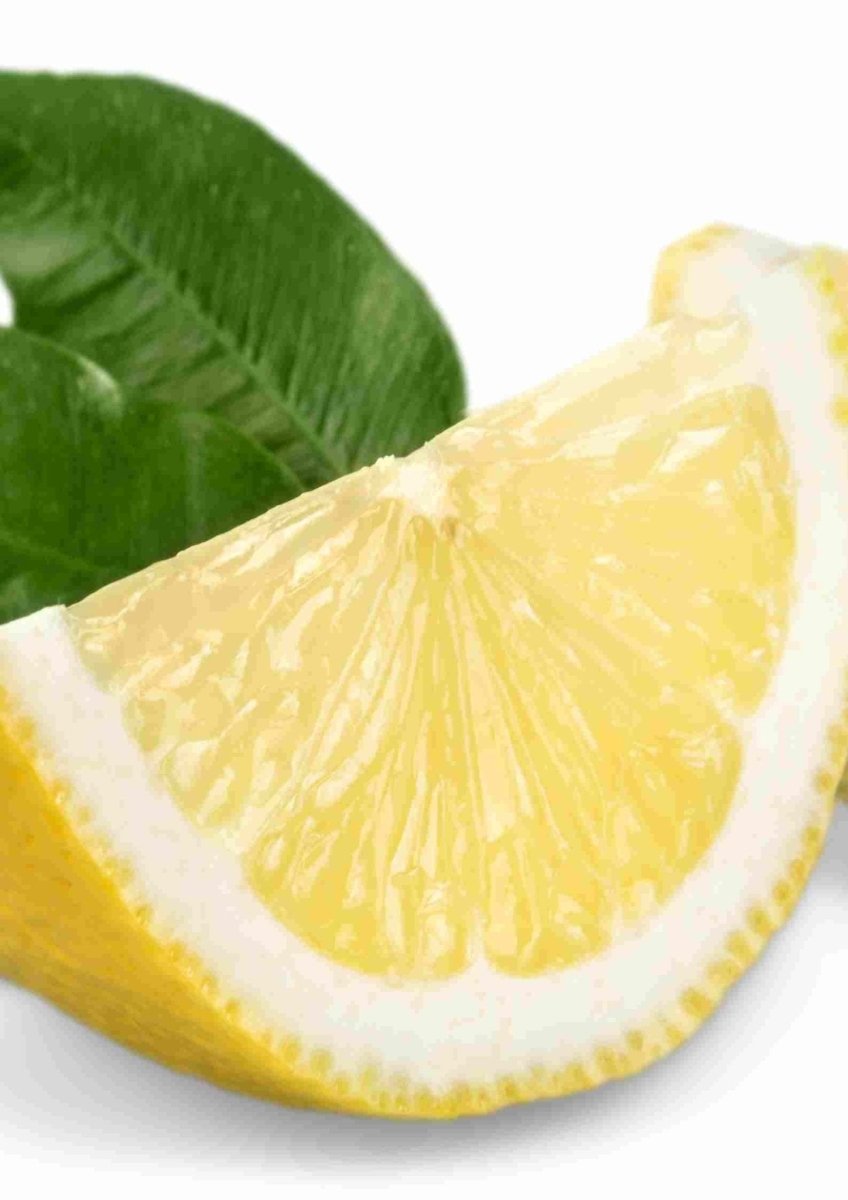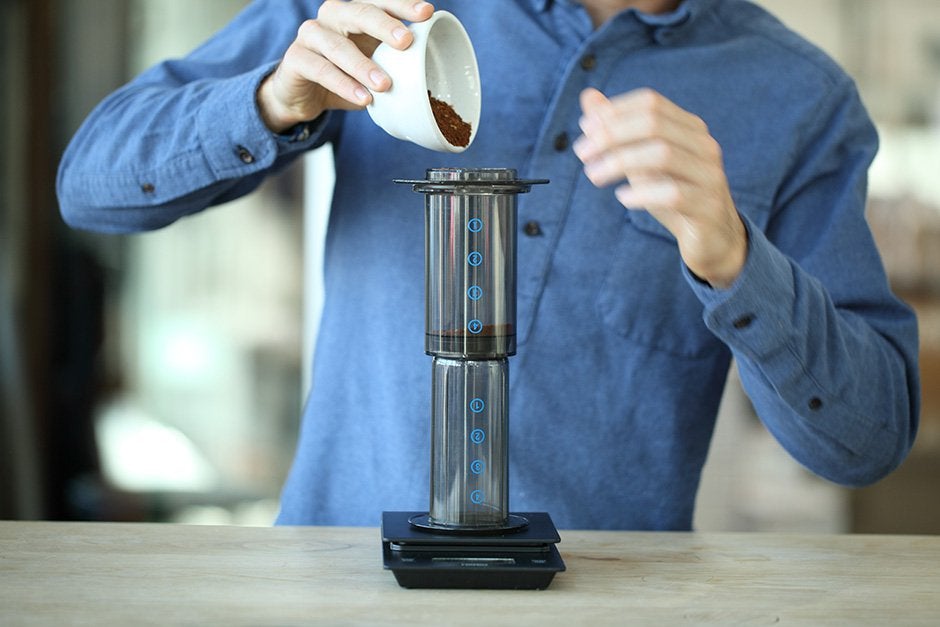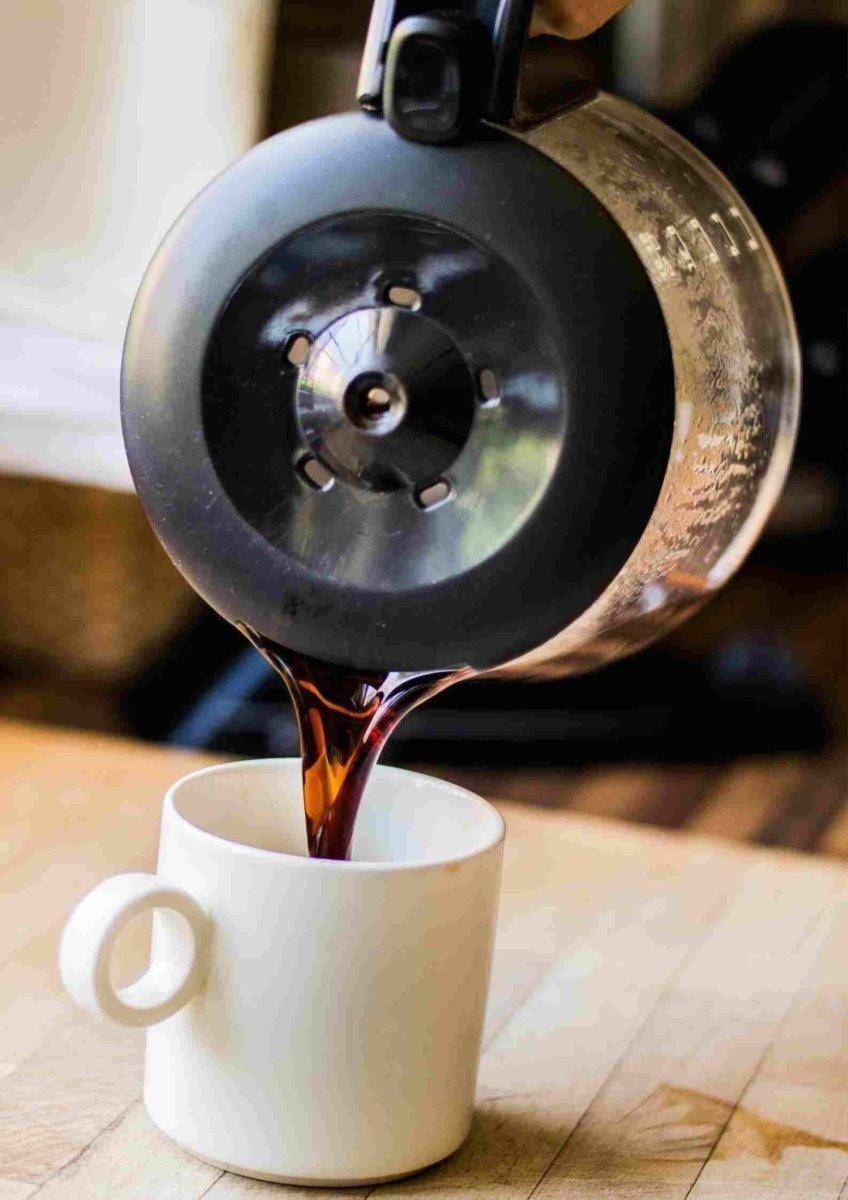
Acid in coffee - why it is important
One of the most valued and misunderstood qualities: acidity adds dimension to coffee. At Coffee Pirates, we often think of acidity as the upper octave notes in a coffee or the bright light shining through on a dark night. To a certain extent, acidity is part of a coffee, but the way it is perceived can be changed by the way it is roasted and brewed. Read on now to learn more.
IS ACID IN COFFEE GOOD OR BAD?
Sometimes our guests are scared when we talk about acidity. "I think one of the big problems with acidity in coffee is the word itself," says Patrick, one of the founders of the Coffee Pirates. "Acidity doesn't sound delicious or like something you should consume."
When we taste coffee, we often use words like "bright" or "fruity" or "snappy" or "tangy" to describe its pleasant acidity. We also discuss acidity by putting words to specific flavors as well as mouthfeel. Does this coffee remind us of biting into a green apple or sipping tart cherry juice? Does it make you pucker up?
Acidity is just one of the flavor elements of coffee, so on its own it is neither good nor bad. At Coffee Pirates, we always pay attention to how acidity is integrated into the coffee. Does it taste balanced with body, sweetness and other flavors, or is it unpleasantly sour? Does it have so little acidity that the coffee just tastes flat?
Of course, there are also personal preferences. "What tastes good to me, you might not like!" "And there's also your mood. I don't always feel like a coffee with lots of fruity flavors and high natural acids. Sometimes I want something sweeter and rounder."
HOW COFFEE TERROIR AFFECTS ACIDITY
In the wine world, the word "terroir" is used to describe all the intricacies of where the grapes grow and how that affects the final wine. This concept also applies to coffee, which comes from the seeds of a tropical fruit.
Depending on the environment in which it is grown, coffee naturally produces some acidity. In the right amounts, acidity adds a pleasant complexity to the coffee. Coffee varieties, climate, altitude and processing can also affect the acidity of a coffee. For example, coffee grown at higher altitudes ripens more slowly due to the cooler temperatures and lower oxygen levels, resulting in coffees with complex flavors, higher acidity and higher sugar content.
For example, we expect a coffee grown in Brazil, often grown at lower altitudes, to be fuller-bodied and rich in chocolate notes and mild acidity. A coffee from Kenya, grown at higher altitudes, is often lighter but lively with acidity that can mimic lime and grapefruit.
Like wine, coffee can have such a wide flavor expression, from the darker bittersweet flavors to bright fruity complex flavors, and this range can lead to endless exploration.
HOW ROASTING AFFECTS THE ACIDITY OF COFFEE
Roasting also affects the acidity of coffee. Although roasting does not increase a coffee's existing acidity, longer roasting can flatten the flavors of perceived acids. It's similar to toasting a nice slice of sourdough bread: the darker you roast it, the more its natural flavor is masked.
"By using less roasting energy and drawing out the roast longer, the acidity can soften, become less 'sharp' and be perceived as more rounded," says Calvin. "By extending the roast and using slightly higher temperatures, the chocolatey flavors come out more and the acidity can be muted quite a bit at this point."
For example, our classic blends – such as Heimathafen Espresso, 50/50 and Colombia – have a characteristically heavy, syrupy body and lower acidity. These coffees are roasted longer to increase the intensity of the caramelized sugar flavor.
For our single origin coffees, particularly from East Africa, which can have higher acidity, we roast them to bring out those characteristics. "If the roast is stopped too early, the coffee can become sour and grassy and the flavors aren't fully realized," says Calvin. "Stopping the roast too late can cause the sparkling acidity to fade. However, there is a small window, and if you get it right, the coffee will unfold with complex fruity flavors, flawless acidity and dimension."
HOW DOES ACIDITY CHANGE WHEN BREWING COFFEE?
When you make coffee, you want to extract it properly so that you taste the acidity as an integrated part of a whole. If a coffee is under-extracted, which can happen if you use too much water for the amount of coffee you have, your water is too cold, or your grind is too coarse and the water runs through too quickly, you can end up with a coffee that lacks balanced acidic flavors.
“When you think about solubility in coffee, the first thing you wash away from the coffee are the salty, sour flavors.” In an under-extracted coffee, the natural black of the coffee is
So how do you know if you are dealing with under-extraction versus a coffee that is just high in acidity?
"For me, the difference between a coffee with pleasant acidity and one that is under-extracted is the presence of vegetal flavors." "When a coffee is acidic from under-extraction, it pulls on the sides of my tongue and cheeks like I'm sucking on a lemon. When it's in balance, the acidity tastes vibrant and bubbly."
WHAT ACIDS COULD YOU FIND WHEN TASTING COFFEE?
There are many different types of acids that we find in coffee, but some of the easiest to identify are those that mimic foods we already know.
"So if a coffee has that sharpness when you first bite into a green apple, it's probably malic acid. If the coffee gives your tongue a tingling sensation, almost like Coca-Cola, it's probably phosphoric acid. And citric acid is like biting into a lemon."
While you don't necessarily need to know what types of acids are in your coffee, identifying these types of flavors can help you find the coffee you love faster.
WHAT SHOULD I DRINK IF I PREFER LOW ACID COFFEE?
Everyone's palate is different, and we all have different thresholds when it comes to acidity—not to mention temperature, sweetness, spice, and bitterness. And to keep things interesting, these tastes change as we age, too.
When you're at a coffee shop, don't be afraid to ask the barista for their recommendation. They know the coffee varieties well and can recommend a coffee you'll love.
When buying coffee in a store or online, there are a few general pointers: "A medium to dark roast can be a fairly safe choice if you're looking for a low-acid coffee." Coffees from Brazil, India, Mexico or Sumatra also tend to be rich and full-bodied with less acidity.
If you're ready to try coffees that are more fruity than chocolatey, but not overwhelmingly acidic, you can try a naturally processed coffee, which means the coffee beans are dried with the fruit intact.
“Although it is known for its fruity wine flavors, the acidity tastes round rather than sharp because the coffee has so much natural sweetness.”
To get to know the different types of coffee and their flavors, start with our tasting sets !



Leave a comment
This site is protected by hCaptcha and the hCaptcha Privacy Policy and Terms of Service apply.